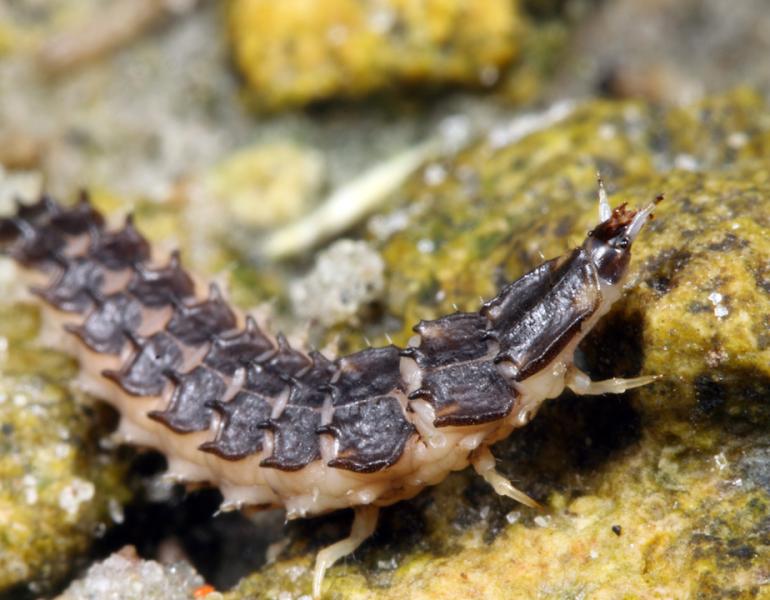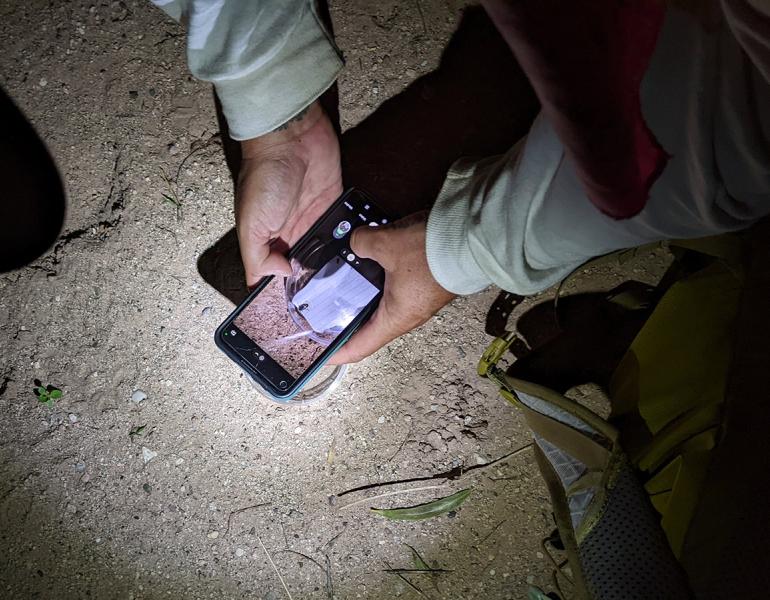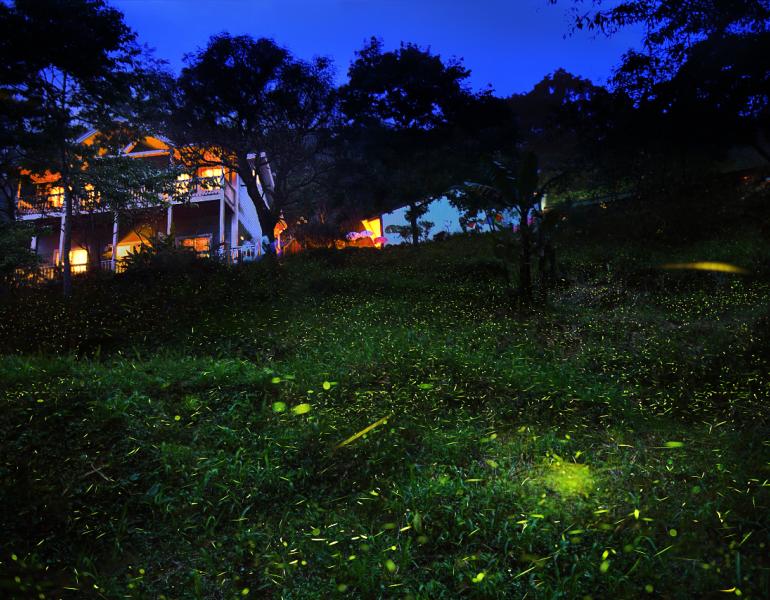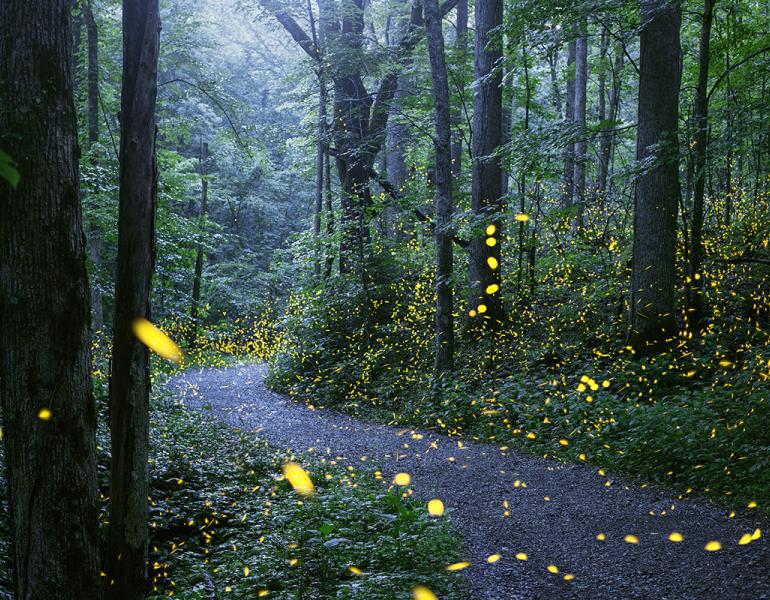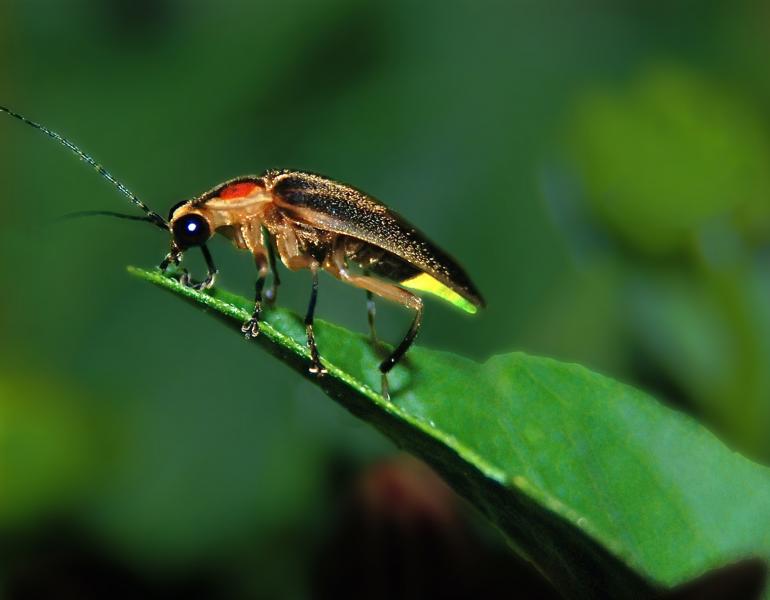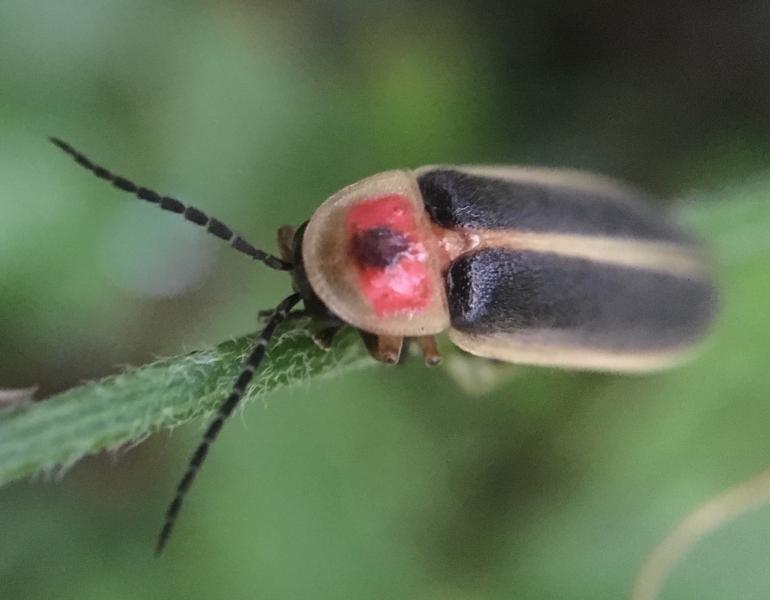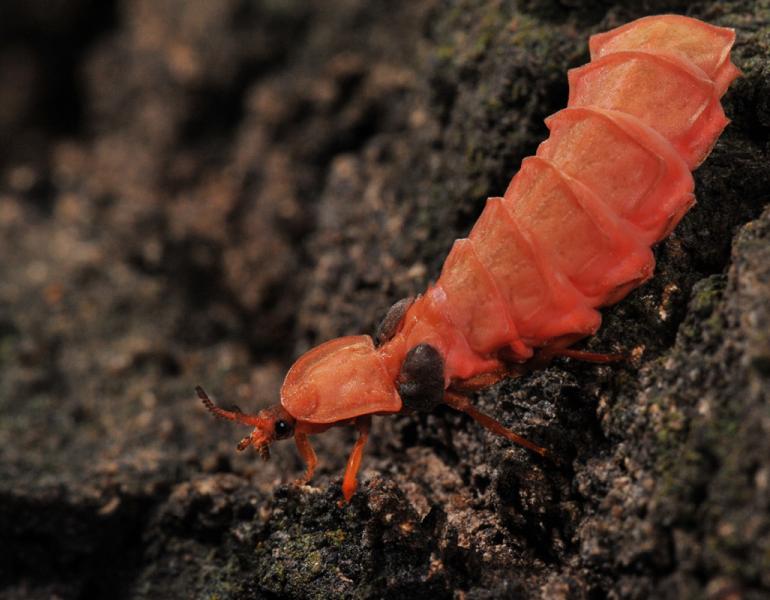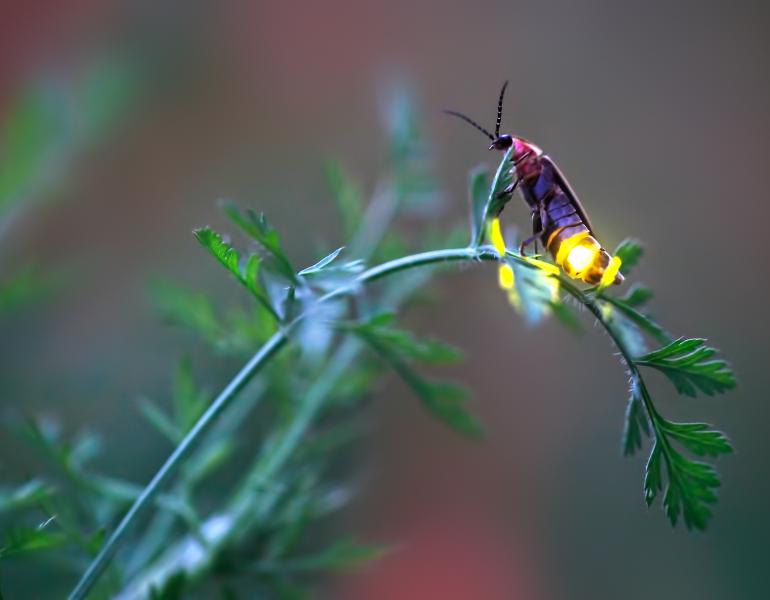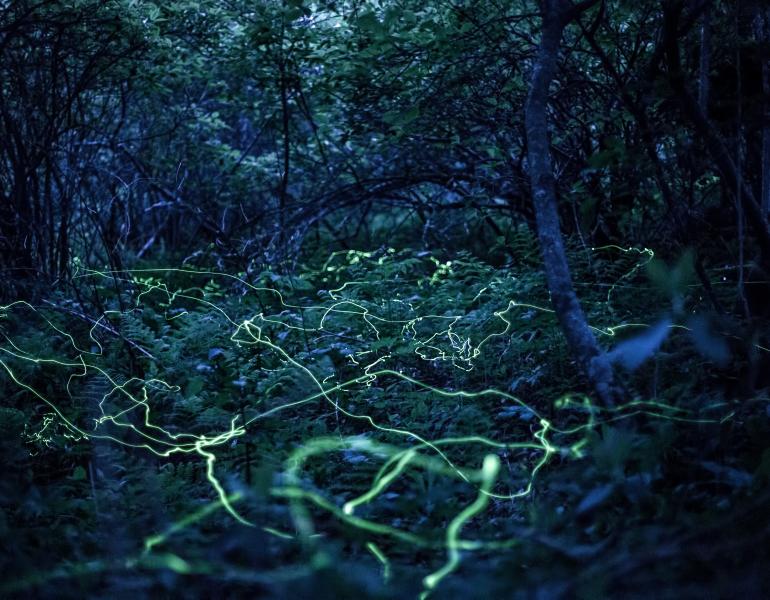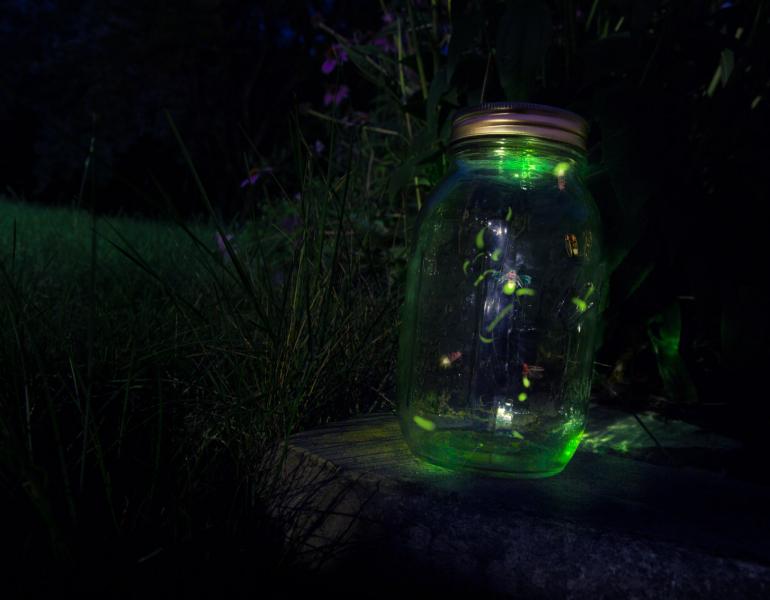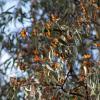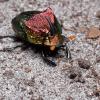Is this the last generation to see fireflies? We don’t think so. But we need to take action now to ensure they’re here to stay.
Fireflies
Secrets of the Nevada Nighttime (No, It’s Not Aliens)
Water brings life to the desert—including fireflies. Their secrets lie under the stars, until community scientists discover more.
Protecting Invertebrates – Even When We Can’t See Them
Pesticides are a leading threat to fireflies and other insects. Fireflies' behavior, habitat, and life cycle make them particularly vulnerable to several common home pesticide applications.
ESA Petition Filed to Protect Southern Arizona’s Southwest Spring Firefly
The Xerces Society and New Mexico BioPark Society have submitted a petition for the listing of the Southwest spring firefly (Bicellonycha wickershamorum) as an endangered species under the federal Endangered Species Act (ESA).
ESA Petition filed to protect the Florida intertidal firefly (Micronaspis floridana)
The Florida intertidal firefly is a habitat specialist found only in the mangroves and salt marshes of coastal Florida and the Bahamas. Xerces has submitted a petition to list the beetle under the Endangered Species Act.
ESA Petition Filed to Protect the Loopy Five Firefly, a Southeastern Lightning Bug
The loopy five is a rare firefly currently known from fewer than ten wetland sites in middle elevations of Tennessee, South Carolina, and Georgia. The Xerces Society has submitted a federal petition to list this firefly under the Endangered Species Act.
New Firefly Atlas Will Put Beloved Beetles on the Map
Anyone can join a new community science opportunity, The Firefly Atlas, to study and protect the magic of fireflies. There isn't enough data to even evaluate the status of half of the firefly species in the United States and Canada. The Firefly Atlas aims to collect more and better data, especially in focal regions, to empower conservation action.
World Firefly Day: Keeping Fireflies in the Neighborhood
This weekend marks World Firefly Day, an annual celebration organized by the Fireflyers International Network. I love fireflies for how they transform places, making them feel both safe and mysterious. As a child, I was comforted by their blinking lights as I walked in the dark, and their seasonal return was always a source of delight and awe. Even as I learned about the chemistry behind their bioluminescence, the sense of wonder remained.
Sparking a Sustainable Firefly Tourism Movement
Firefly tourism is on the rise in the United States. While it can benefit local economies and help more people to experience the wonder of nature, it also presents challenges. Xerces and partners have created a set of guidelines for site managers and an etiquette guide for visitors to help everyone enjoy fireflies in a way that protects them and their habitats.
New Report: State of the Fireflies of the US and Canada
Last November, Xerces and partners released an assessment demonstrating that nearly a third of North American firefly species may be at risk of extinction. To help protect these species, Xerces has developed a new firefly conservation guide for wildlife agencies, the first of its kind in the U.S.
World Firefly Day: Watch Us, Don’t Catch Us!
World Firefly Day will take place over the weekend of July 3 and 4. In addition to celebrating these magical insects, it also draws attention to conservation issues, particularly the threat from tourism.
Shedding Light on Firefly Natural History and Distributions through Community Science
Gathering habitat and distribution information about lesser-known species is a mammoth task, made easier by the observations submitted by individuals participating in community science projects. You can help, too!
Supporting Firefly Conservation from Coast to Coast
Late spring and early summer are synonymous with fireflies. Females perch on vegetation or sit on the ground while males take flight, flashing their abdomens and awaiting a response from below. For humans, it could just as well be a magic show, a glimmering peek at one of the great wonders of the natural world.
Latest Update to the IUCN Red List Includes First Global Assessments for Fireflies, with a Spotlight on North America
Biologists from the Xerces Society and the ABQ BioPark began assessing species for the Red List in early 2020. This Red List update includes assessments for 128 species (77% of the described U.S. and Canadian firefly fauna). Fourteen species are Threatened, but the majority of species (55%) are Data Deficient, highlighting a critical need for increased surveys, population monitoring, and basic life history research.
Hope Rising: World Firefly Day
World Firefly Day takes place from July 4–5 this year. Launched by the Fireflyers International Network, this year’s theme is Hope Rising. Quite literally, a light in the darkness, fireflies have inspired hope and given a sense of magic for centuries.
Conserving the Jewels of the Night
Introducing the Xerces Society’s firefly conservation campaign: Conserving the Jewels of the Night.
Celebrate World Firefly Day by Keeping Nights Dark
Fireflies are some of our most well-loved insects—yet their numbers appear to be dwindling. One likely driver for this decline is light pollution. Put simply, fireflies need dark nights.
Taking a Stand for Firefly Species Facing Extinction
The Xerces Society and the Center for Biological Diversity have submitted a joint petition for the emergency listing of the Bethany Beach firefly (Photuris bethaniensis) under the federal Endangered Species Act (ESA).
Keeping the Lights Burning: The Status of Fireflies in the United States and Canada
Fireflies are well loved, but they may be in trouble. Xerces will continue to seek a better understanding of these enchanting animals and how best to protect them.





